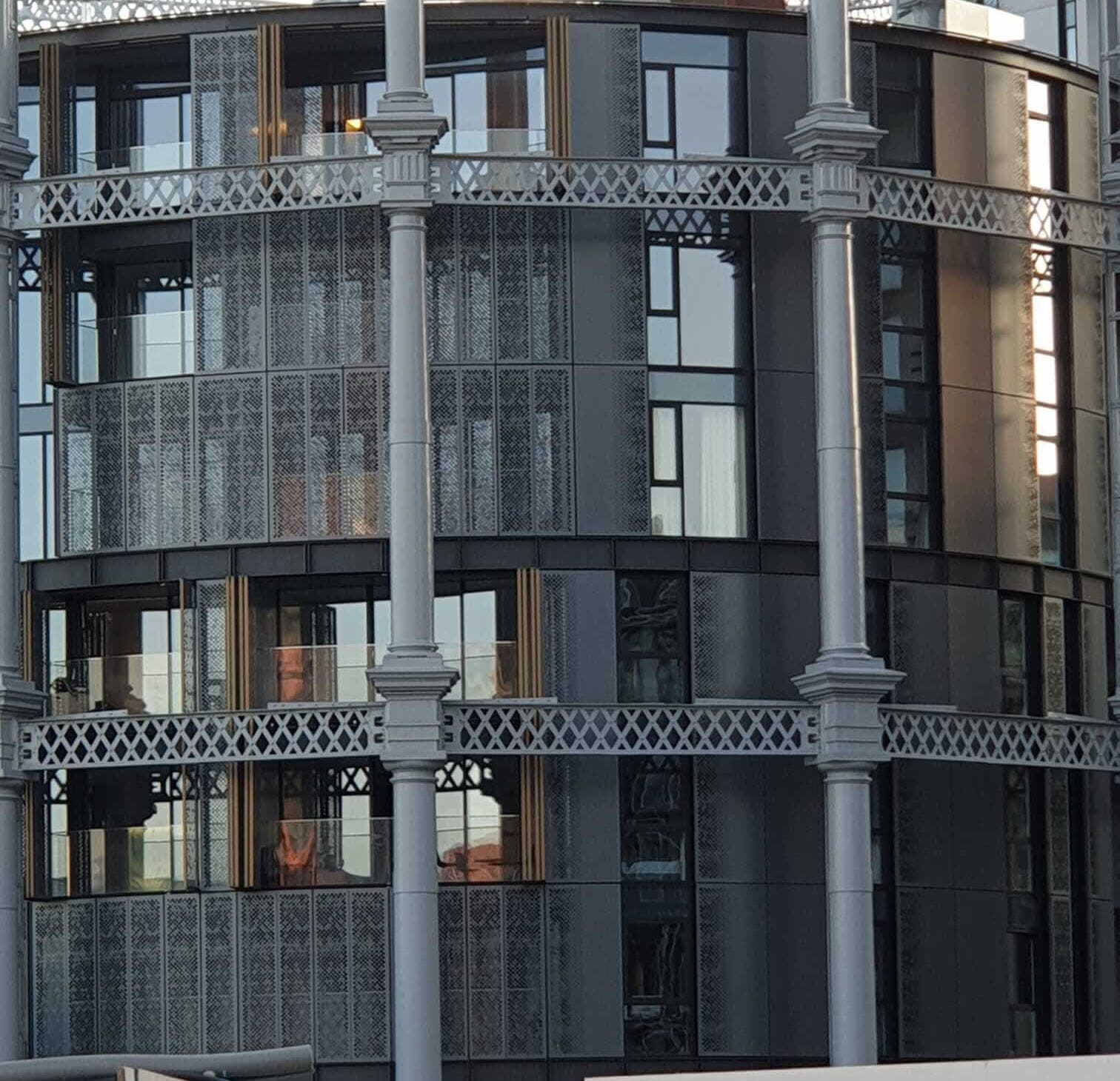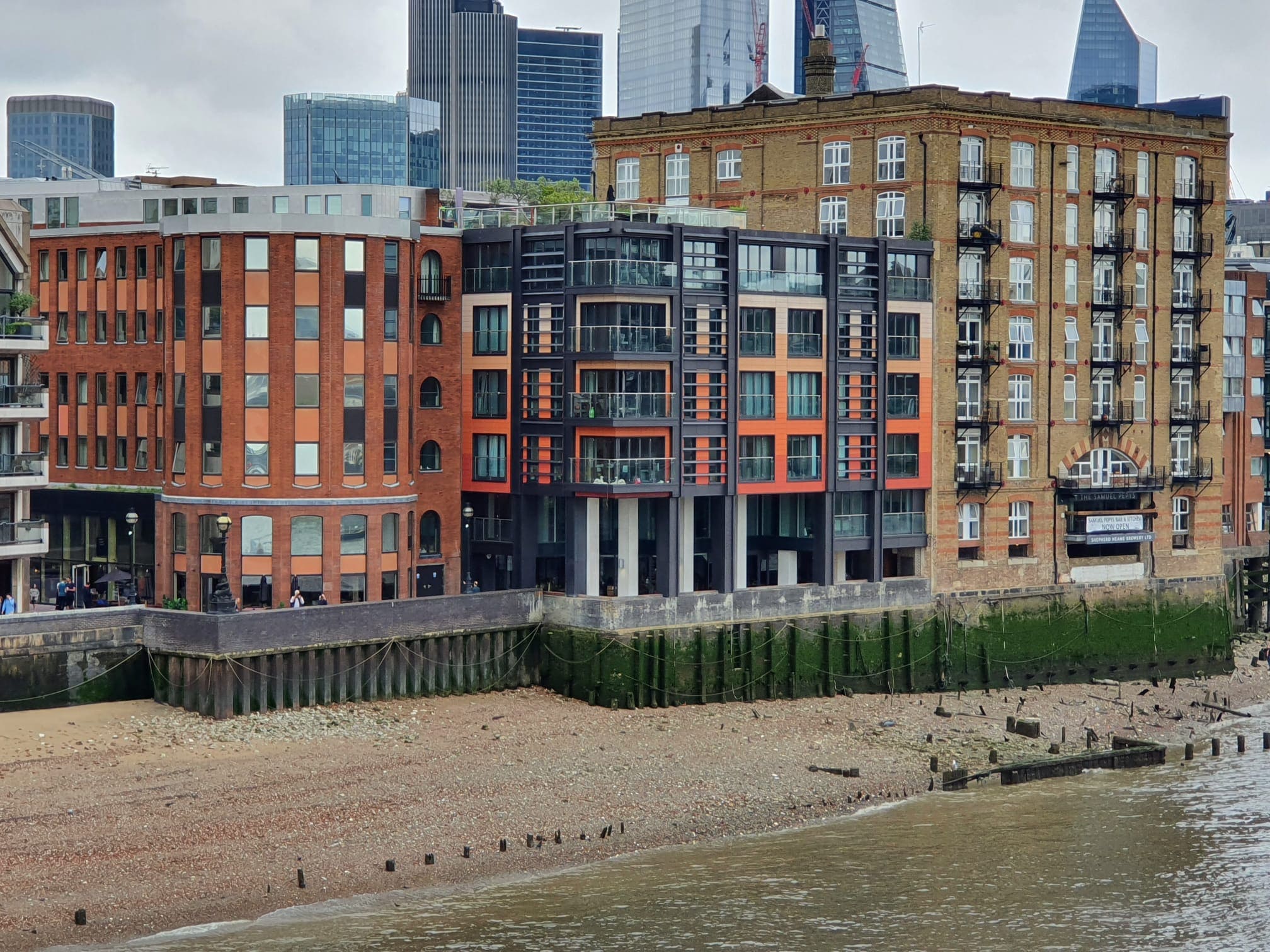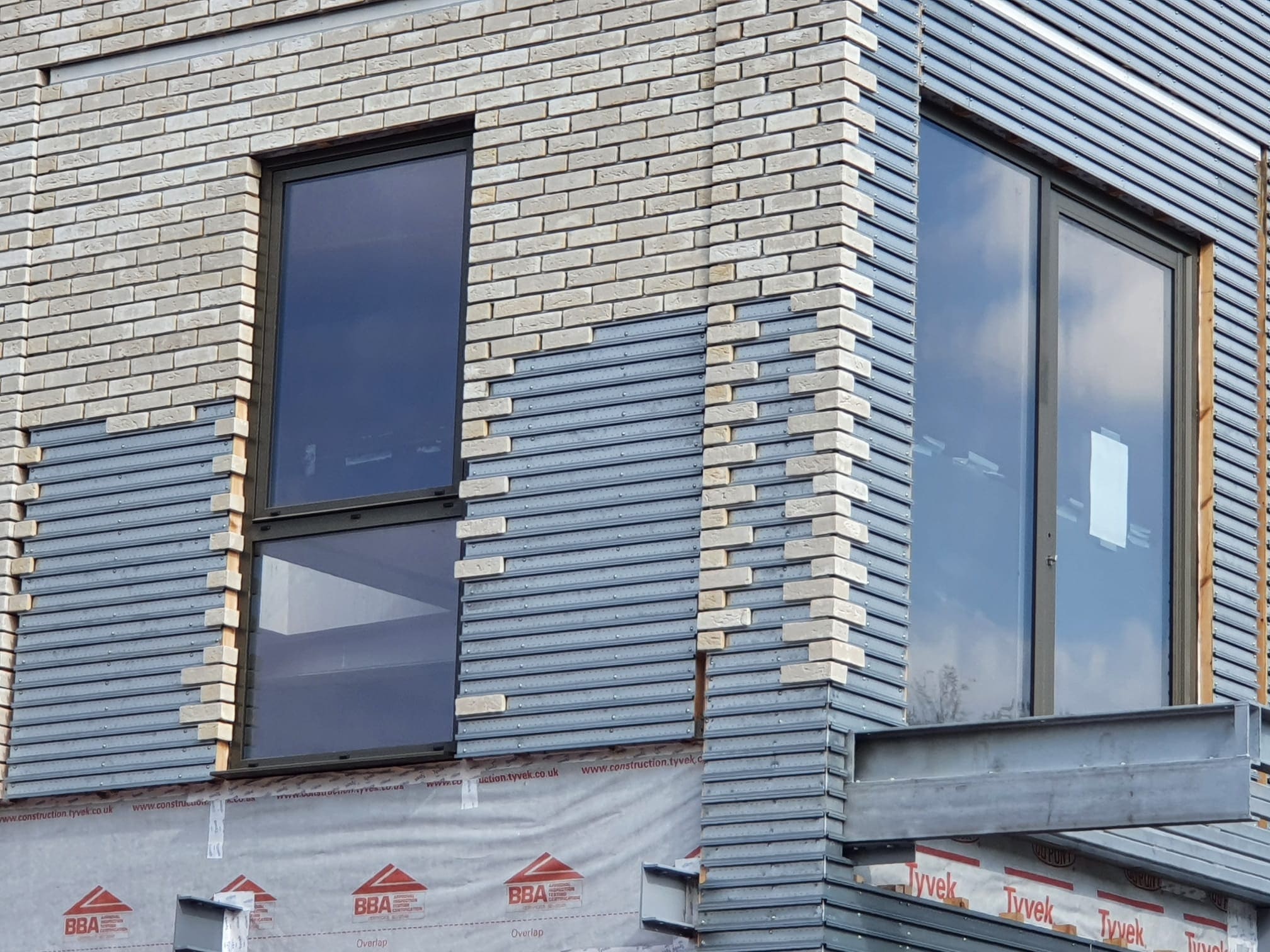 Mary-Anne Bowring 14/02/2025
Mary-Anne Bowring 14/02/2025
 242
242
 0
0
Building Safety Reforms in the UK: Significant Changes Expected in 2025
Building safety continues to be a crucial focus for the UK construction sector. Significant changes are anticipated as the new safety regime for England and Wales becomes fully operational in 2025. This evolving framework follows the Building Safety Act 2022 (BSA) implementation and addresses concerns raised by the final report from the Grenfell Tower Inquiry. The BSA's primary provisions came into effect in October 2023, signifying a crucial change in building safety regulations. Throughout 2024, the industry adapted to these updates while facing early challenges, including capacity limitations in the approval process for higher-risk building (HRB) applications.
What is the Building Safety Act Gateway 2 process?
The HRB regime introduces stricter regulatory requirements for the design and construction of buildings classified as high-risk. Under the Gateway 2 process, developers must obtain "building control approval" from the Building Safety Regulator (BSR) before commencing construction. This approval ensures that the building's design adheres to rigorous safety standards.
Inside Housing exposes challenges in the HRB Approval Process - just 146 applications approved
A recent report by Inside Housing revealed that, between October 2023 and September 2024, only 146 of 1,018 Gateway 2 applications were approved as compliant. Approximately 25 applications were rejected, while the status of the remaining 847 applications remains unclear. This equates to an approval rate of just 14%. Capacity limitations at the BSR and a lack of familiarity with the new application process have contributed to the low approval rates. Applicants may still poorly understand the approval process, creating further delays. The BSR is actively addressing these issues and is expected to initiate its first enforcement action in 2025.
Recommendations from the Grenfell Inquiry
The Grenfell Tower Inquiry Phase 2 report, published in September 2024, made 58 recommendations for improving fire safety and regulatory oversight. The report criticised the fragmented regulatory system and called for establishing a single construction regulator to integrate multiple regulatory functions. While the Hackitt Review prompted significant reforms, such as tighter building controls and improved certification processes, the Grenfell Inquiry highlighted the need for more comprehensive solutions. The UK government has yet to issue a formal response to these recommendations. If adopted, the suggested reforms will require time for full implementation.
How much has been allocated or spent on remediating buildings with dangerous cladding in the UK?
Removing unsafe cladding remains a critical issue for the UK's infrastructure and property sectors. A recent National Audit Office (NAO) report indicated that substantial progress has been made since 2019, when £600 million was allocated for addressing hazardous cladding on high-rise buildings. By August 2024, £2.3 billion of the £5.1 billion total taxpayer funding commitment had been spent. Remediation work on most tower blocks over 18 metres is nearing completion. However, addressing unsafe cladding on buildings over 11 metres will continue until 2035.
What height of buildings does the Remediation Acceleration Plan cover?
The government's remediation acceleration plan requires that all buildings over 18 metres with unsafe cladding be remediated by 2029. Buildings over 11 metres must be either remediated or scheduled for completion by the same deadline. Landlords who fail to comply will face severe penalties.
Cladding Remediation: What is happening in Scotland?
Scotland's construction sector is also undergoing significant changes. The Housing (Cladding Remediation) (Scotland) Act 2024, enacted in May, empowers Scottish ministers to establish a Cladding Assurance Register. This register will document buildings undergoing Single Building Assessments (SBAs) and outline any required remediation work.
Cladding Remediation: What is the Responsible Developers Scheme?
The Act also sets the foundation for a Responsible Developers Scheme, allowing developers to contribute to remediation costs. While these measures mirror powers already in place in England and Wales, their implementation timeline in Scotland remains unclear. The Scottish government is expected to provide further details in 2025.
Looking Ahead
As the UK construction sector adjusts to the new building safety regime, stakeholders must remain vigilant and adaptable. The forthcoming reforms, enforcement actions, and ongoing remediation efforts underscore the government's commitment to creating a safer built environment. The industry faces a period of adjustment, but the long-term benefits of these reforms will enhance accountability, safety, and transparency, fostering a more secure future for residents and property owners alike.
The Ringley Group has appointed James Paul as Managing Director of Ringley Fire Services to lead its work on Building Safety Act compliance and building remediation





Meet our Expert Property Commentators



























